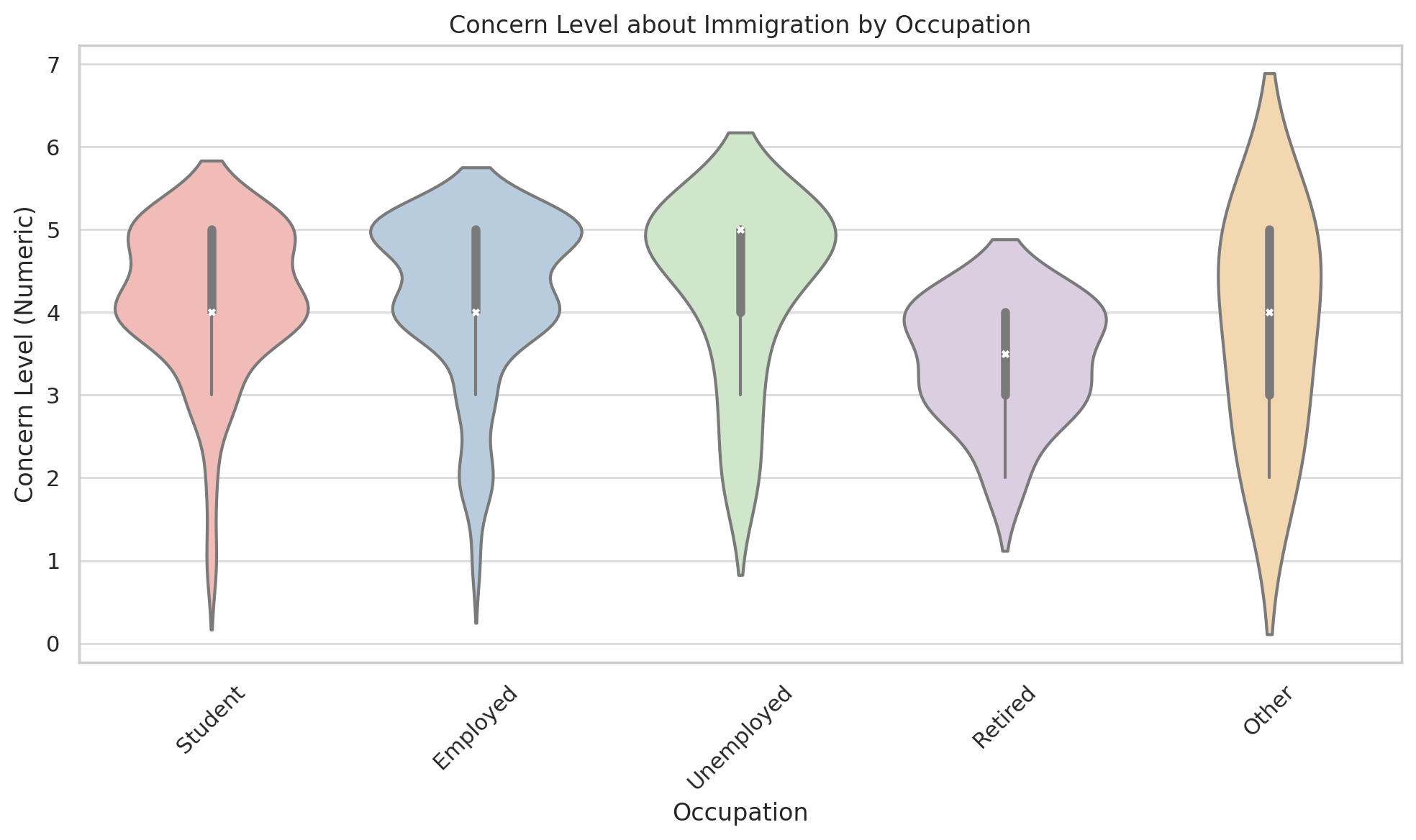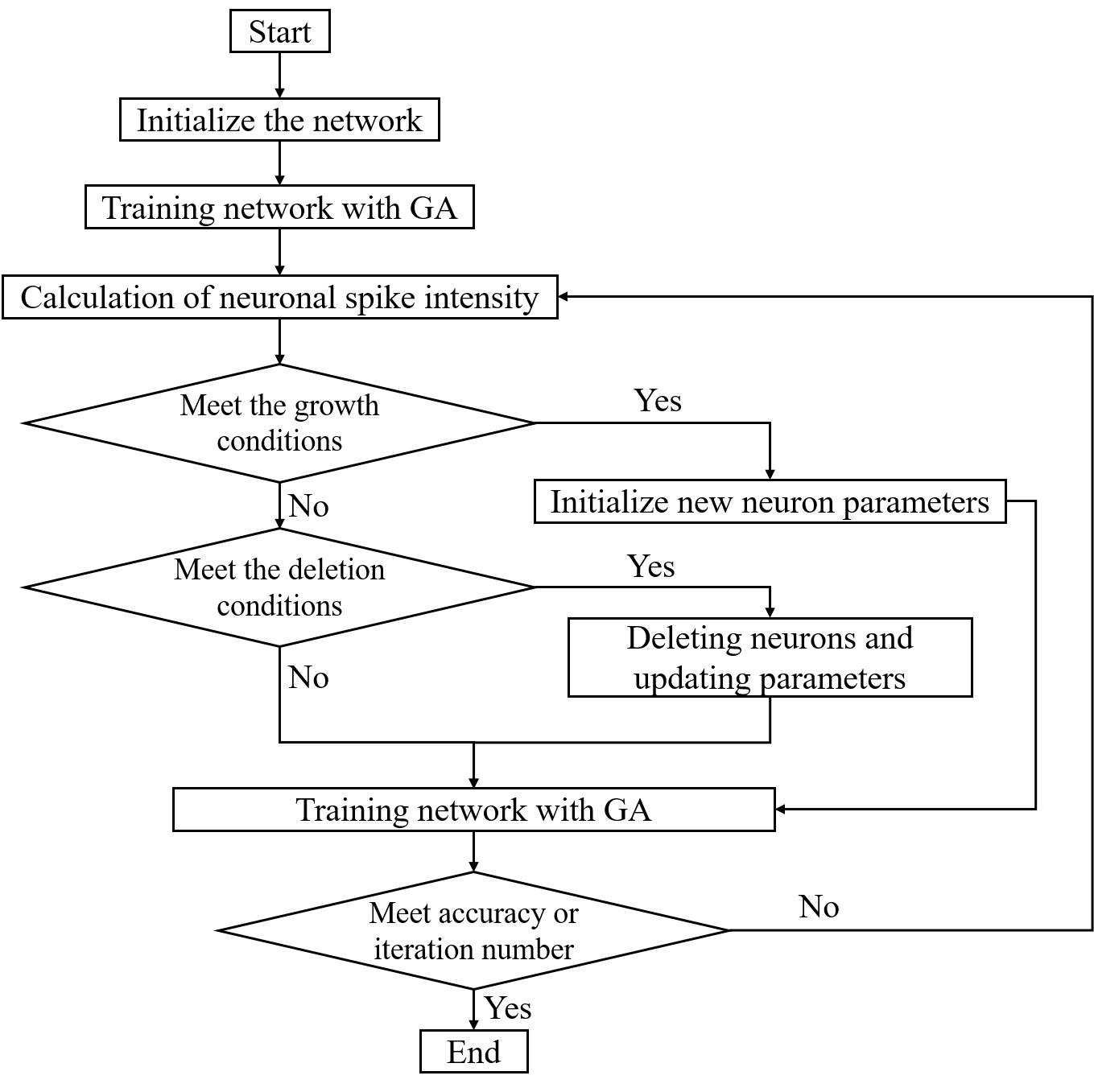 An open access journal
An open access journal
Cybersecurity in the Digital Age: Protecting Data and Privacy
Abstract
Cybersecurity has become paramount in the digital age, with the increasing reliance on technology and data. This paper explores the significance of cybersecurity, emphasizing its role in data protection, threat detection, and privacy preservation. It delves into various aspects, including encryption techniques, intrusion detection systems, and ethical hacking. The discussion includes the benefits of cybersecurity, such as safeguarding sensitive information, preventing cyberattacks, and maintaining trust in digital transactions. Moreover, the paper addresses the challenges and considerations in maintaining robust cybersecurity measures, including evolving cyber threats and compliance with data protection regulations. Through a review of cybersecurity strategies and case studies, the study highlights the positive outcomes associated with prioritizing cybersecurity in the digital era.
Share and Cite
Article Metrics
References
- Anderson, R. (2008). Security engineering: A guide to building dependable distributed systems. Wiley.
- Dhillon, G., & Moores, T. T. (2001). Internet banking: an empirical investigation into the extent of adoption by banks and the determinants of customer satisfaction. International Journal of Bank Marketing, 19(7), 312-328.
- Gupta, B., Dasgupta, S., & Gupta, A. (2008). Adoption of ICT in a government organization in a developing country: An empirical study. The Journal of Strategic Information Systems, 17(2), 140-154.
- Nithyanand, R., & Borisov, N. (2015). Shadow: Running Tor in a box for accurate and efficient experimentation. In Proceedings of the 22nd ACM SIGSAC Conference on Computer and Communications Security (pp. 1308-1319).






